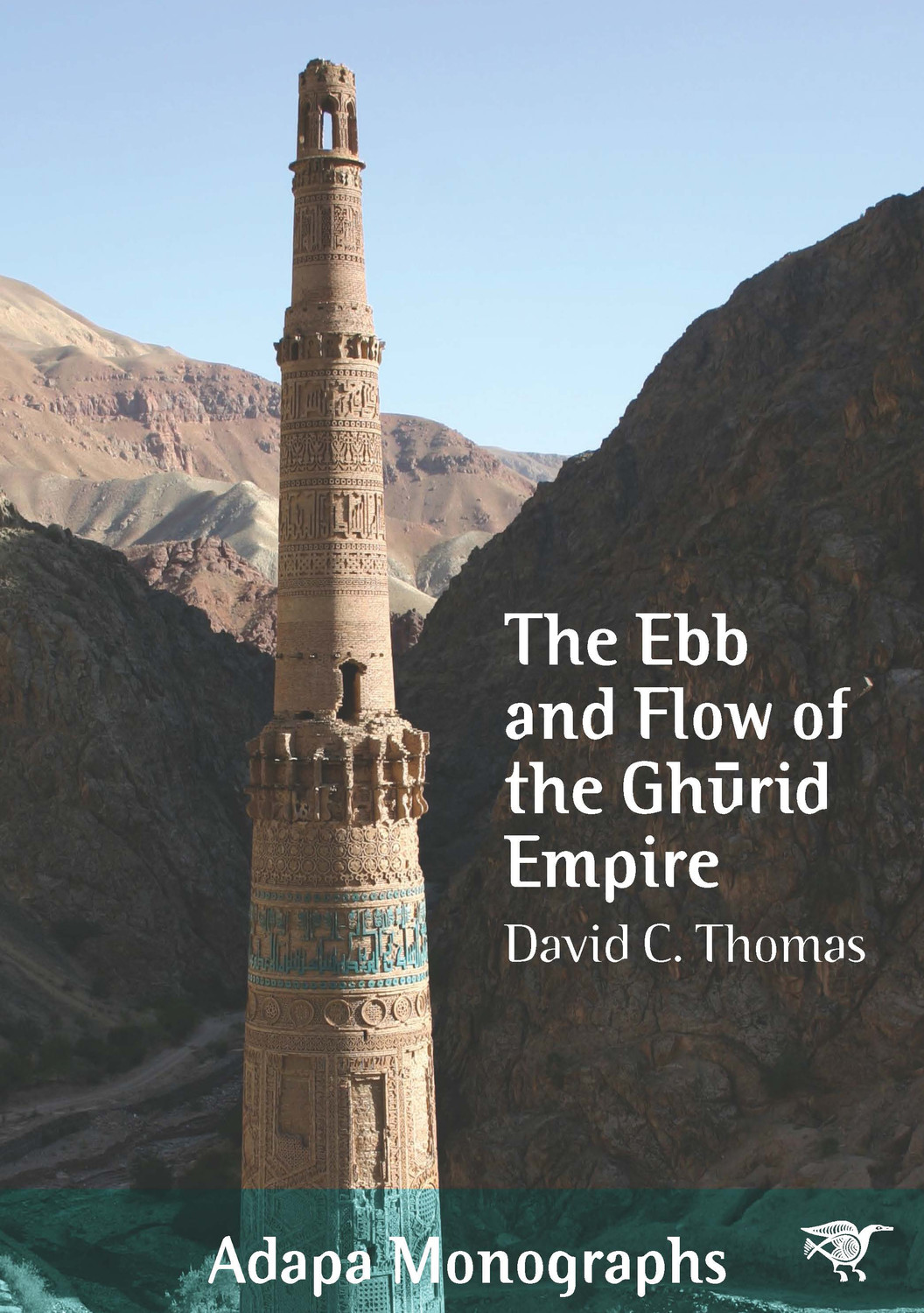
The iconic minaret of Jām stands in a remote mountain valley in central Afghanistan, the finest surviving monument of the enigmatic 12th-century Ghūrid dynasty. The re-discovery of the minaret half a century ago prompted renewed interest in the Ghūrids, and this has intensified since their summer capital at Jām became Afghanistan’s first World Heritage site in 2002.
Two seasons of archaeological fieldwork at Jām, the detailed analysis of satellite images and the innovative use of Google Earth as a cultural heritage management tool have resulted in a wealth of new information about known Ghūrid sites, and the identification of hundreds of previously undocumented archaeological sites across Afghanistan. Drawing inspiration from the Annales School and the concept of an ‘archipelagic landscape’, Thomas has used these data to re-assess the Ghūrids and generate a more nuanced understanding of this significant Early Islamic polity.
In addition to complementing the événements which form the focus of the urban-based historical sources, the new archaeological data are used by Thomas to reconsider the urban characteristics of the Ghūrids’ summer capital. Throughout The Ebb and Flow of the Ghūrid Empire, Thomas uses this to explore the issues of Ghūrid identity, ideology and the sustainability of their polity.
A range of appendices are available for download. Please click on the Table of Contents tab for links to download .
David C. Thomas is an honorary associate in archaeology at LaTrobe University.
List of figures
List of plates
List of tables
Abstract in Dari
Acknowledgements
Preface
Note on transliteration and dates
Abbreviations
Introduction
1. The nomadic empire of the Ghūrids2. The Ghūrid landscapes
3. The rise, expansion and demise of the Ghūrids under the Shansabānīd dynasty
4. The archaeological remains of the Ghūrids
5. Exploring Jām
6. Re-defining Jām: an archaeological eye in the sky
Supplementary appendices
Appendix 3: Ghūrid sites
Appendix 4: Architectural details of sites and structures recorded by MJAP in 2003 and 2005
Appendix 5: MJAP robber hole data
Appendix 6: MJAP robber holes
Appendix 7: Excavated contexts, MJAP 2003 and 2005
Appendix 8: Small finds, MJAP 2003 and 2005
Appendix 9: X-Ray Fluorescence (XRF) data
Appendix 10: Environmental data
Appendix 11: Descriptions of Ghūrid sites analysed in high-resolution satellite images available through Google Earth
Appendix 12: Descriptions of selected Ghūrid sites analysed using upgraded satellite images available through Google Earth
Appendix 13: ASAGE sites referred to in Chapter 7
Appendix 14: Summary data for all the ASAGE sites
'Thomas’s book is interesting not only for its subject matter — it is arguably the first detailed analysis of archaeological work carried out in the Ghurid heartland of central Afghanistan — but also for its process that integrates the traditional with the technological. Satellite archaeology has facilitated the desktop studies of specific sites and entire regions through free, high-resolution, geo-referenced images.'
Asma Ibrahim Dawn
‘ … this work of synthesis is quite significant, constructing an interdisciplinary image of Ghūrid urbanism at Jam as well as the broader material footprint of Ghūrid territorial politics through
multiple Afghan landscapes.’
Kathryn Franklin Antiquity
‘This book is very well researched and draws on a wide range of sources, both written and archaeological, and does a great deal to place Ghurid studies into the historiographic continuum.’
Richard McClary Plekos
Size: 250 × 176 × 28 mm
414 pages
153 b&w illustrations, 27 b&w tables, and 35 colour illustrations
Copyright: © 2018
ISBN: 9781743325414
Publication: 15 May 2018
Series: Adapa Monographs
